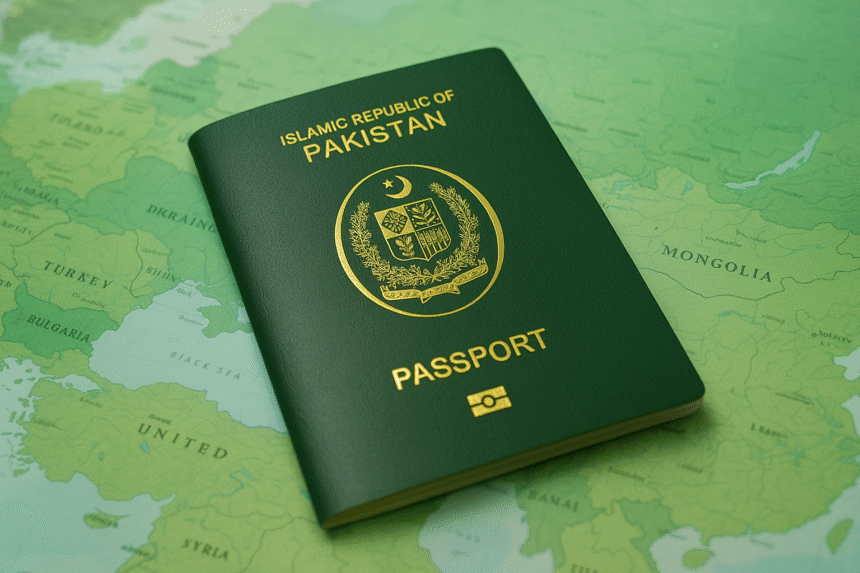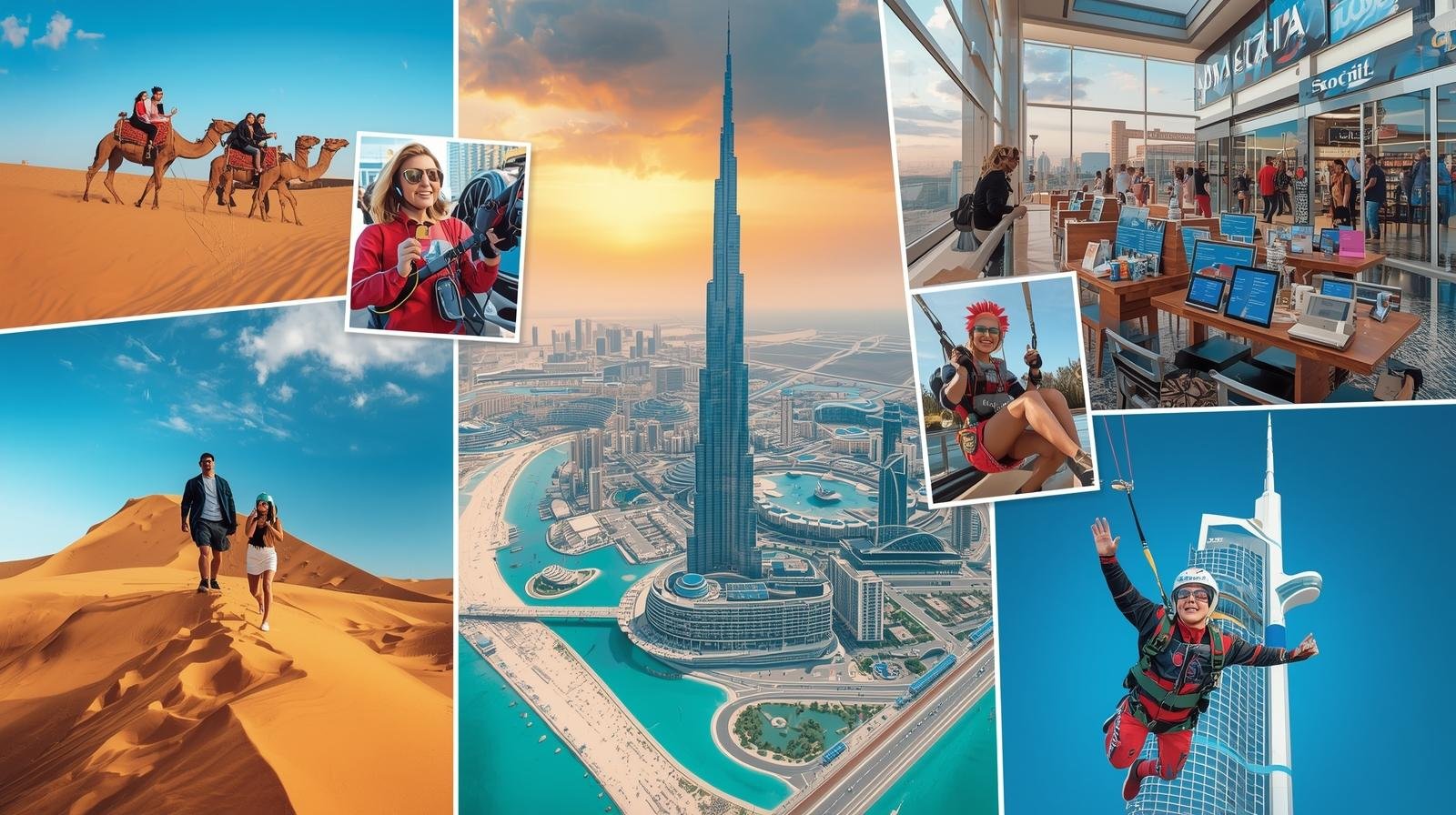After years of anticipation, Pakistan’s national passport is finally receiving a major transformation. The Directorate General of Immigration and Passports (DGIP) and the Ministry of Interior have announced that the new passport will feature a redesigned layout, enhanced security, and visuals that celebrate Pakistan’s cultural heritage.
This marks one of the most significant updates in the history of the Pakistani passport, bringing it in line with international standards and improving its global credibility.
A Historical Overview
Since its introduction in 1947, the Pakistani passport has undergone several evolutions. Early versions were minimalistic, containing only essential details and the national emblem. With time, more advanced features like lamination, barcodes, and machine-readable elements were introduced to prevent forgery.
The last major update took place in the mid-2000s when Pakistan adopted the Machine Readable Passport (MRP) system. Although it improved verification processes at airports and embassies, the design itself remained outdated compared to modern global standards.
In 2025, Pakistan has approved a complete redesign and technological upgrade that will redefine the passport’s appearance, purpose, and security capabilities.
What’s New in the Redesigned Passport
Cultural and National Identity
The new passport design incorporates images of Pakistan’s cultural and historical landmarks. Each page represents a different aspect of the nation’s diversity, featuring visuals such as the Badshahi Mosque in Lahore, Mohenjo-Daro in Sindh, the Khyber Pass in Khyber Pakhtunkhwa, and the Mausoleum of Quaid-e-Azam in Karachi.
These elements are designed to showcase Pakistan’s unity and rich heritage, turning the passport into more than just a travel document it becomes a visual representation of national pride.
Enhanced Security Features
Security remains at the core of the redesign. The DGIP has introduced multiple layers of protection to prevent duplication and misuse. The new features include:
- Laser-engraved data pages to prevent tampering.
- Embedded security chips for e-passport compatibility.
- Microtext printing and ultraviolet (UV) patterns for instant verification.
- AI-driven border verification systems that detect inconsistencies automatically.
With these improvements, Pakistan’s passport will meet ICAO (International Civil Aviation Organization) security standards, placing it among the technologically advanced passports in the world.
Inclusion of Mother’s Name
A key social improvement in the new passport is the inclusion of the mother’s name. This addition promotes equality, provides greater identification accuracy, and recognizes the importance of maternal identity in official documentation.
Technological Advancements
To speed up the issuance process, Pakistan has installed AI-powered passport printing machines imported from Germany. These machines have significantly increased production speed and reduced backlogs that previously caused long delays.
In addition, automated systems are now being integrated into passport offices across the country to improve accuracy and reduce human error.
Faster Delivery and 24-Hour Service
Alongside the redesign, new 24-hour passport counters have been introduced at NADRA Mega Centers to make urgent processing easier. This step reflects a broader government effort to make documentation services more efficient and citizen-friendly.
Why the Redesign Matters
For millions of Pakistanis, both at home and abroad, the passport is a symbol of identity and connection to their homeland. The redesign aims to strengthen international trust, modernize Pakistan’s image, and enhance travel experiences.
By introducing stronger security measures, the DGIP also seeks to minimize passport fraud and ensure that Pakistani travelers face fewer verification challenges abroad.
This project is not only about design but about redefining how Pakistan represents itself globally. It reflects progress, modernization, and a renewed commitment to its citizens.
What Citizens Should Know
The rollout of the new passport will take place gradually. Both old and new versions will remain valid during the transition period.
Applicants should note the following:
- Existing passports remain valid until their expiration date.
- Renewal fees and validity options (five or ten years) remain unchanged for now.
- Updated application guidelines are available on the DGIP’s official website.
Citizens applying for renewals or new passports are advised to ensure their personal details, including the newly added mother’s name field, are correctly filled.
Looking Ahead
The new design of the Pakistani passport symbolizes innovation, unity, and modernization. It marks a turning point in how Pakistan presents itself to the world combining security, technology, and national pride in one document.
This transformation shows that progress is not limited to economic or political reforms but also extends to how a nation’s identity evolves with time. The passport’s new look represents the story of a country moving forward, embracing technology while honoring its cultural heritage.
Final Thoughts
For Pakistani citizens, this passport is more than a travel document it is a reflection of who they are and where they come from. The modernization of the passport demonstrates Pakistan’s growing alignment with international practices and its commitment to providing its citizens with a secure, efficient, and globally respected identity.





